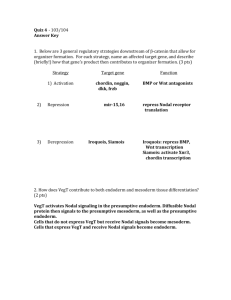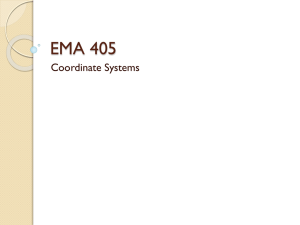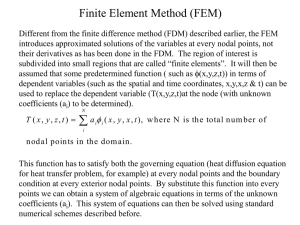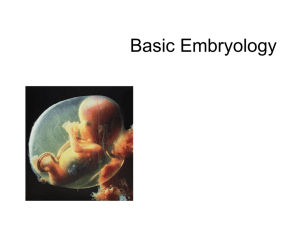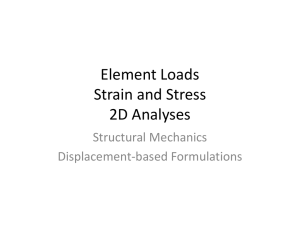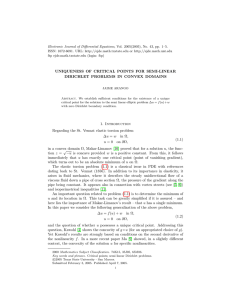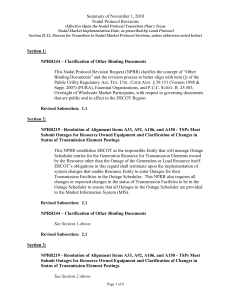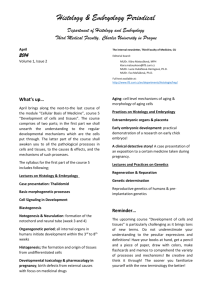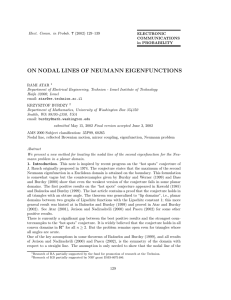MCB141 103/104 Quiz #5 1a. What are three features you should
advertisement
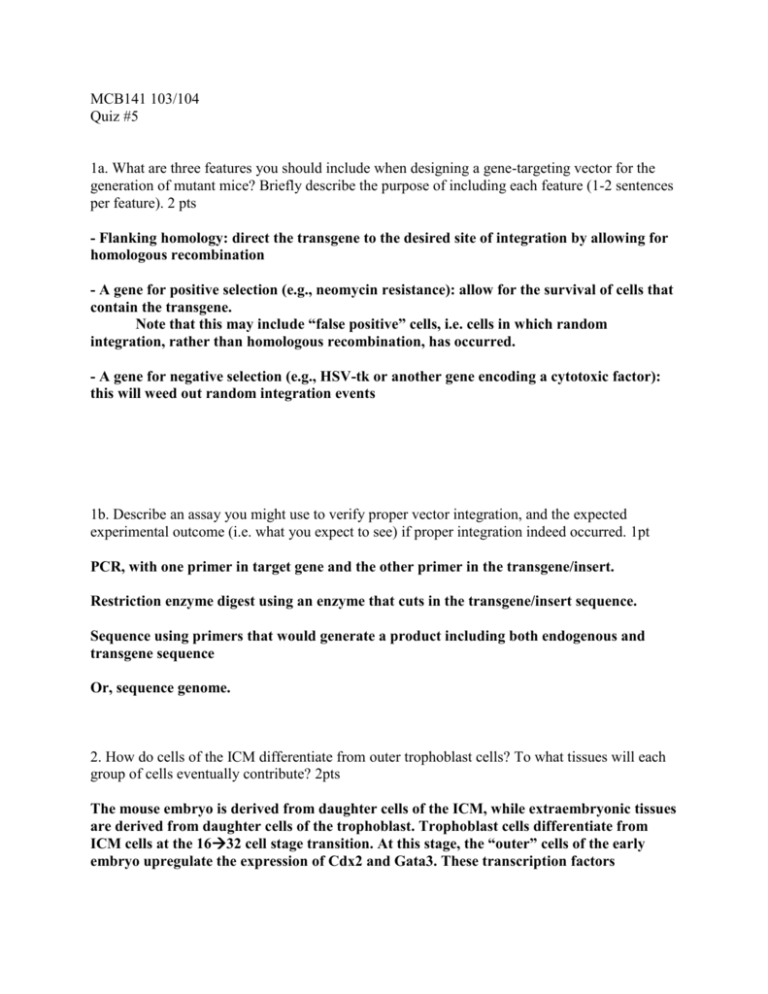
MCB141 103/104 Quiz #5 1a. What are three features you should include when designing a gene-targeting vector for the generation of mutant mice? Briefly describe the purpose of including each feature (1-2 sentences per feature). 2 pts - Flanking homology: direct the transgene to the desired site of integration by allowing for homologous recombination - A gene for positive selection (e.g., neomycin resistance): allow for the survival of cells that contain the transgene. Note that this may include “false positive” cells, i.e. cells in which random integration, rather than homologous recombination, has occurred. - A gene for negative selection (e.g., HSV-tk or another gene encoding a cytotoxic factor): this will weed out random integration events 1b. Describe an assay you might use to verify proper vector integration, and the expected experimental outcome (i.e. what you expect to see) if proper integration indeed occurred. 1pt PCR, with one primer in target gene and the other primer in the transgene/insert. Restriction enzyme digest using an enzyme that cuts in the transgene/insert sequence. Sequence using primers that would generate a product including both endogenous and transgene sequence Or, sequence genome. 2. How do cells of the ICM differentiate from outer trophoblast cells? To what tissues will each group of cells eventually contribute? 2pts The mouse embryo is derived from daughter cells of the ICM, while extraembryonic tissues are derived from daughter cells of the trophoblast. Trophoblast cells differentiate from ICM cells at the 1632 cell stage transition. At this stage, the “outer” cells of the early embryo upregulate the expression of Cdx2 and Gata3. These transcription factors antagonize the expression of ICM transcription factors, thereby securing the cell fate of the trophoblast cells. 3. How does the visceral endoderm contribute to the establishment of an anterior-posterior axis in the mouse? 2pts The cells of the distal visceral endoderm migrate anteriorly while secreting Nodal antagonists Lefty1 and Cerberus. As the cells of the AVE continue to express Lefty1 and Cerberus, Nodal signal transduction is downregulated in the epiblast neighboring the AVE. Thus the anterior epiblast cells take on a distinct molecular identity from more posterior epiblast cells. 4. How does the extraembryonic ectoderm contribute to the establishment of an anteriorposterior axis in the mouse? 1pt The extraembryonic ectoderm secretes proprotein convertases, including Furin, which process Nodal ligands. The faster processing of Nodal ligands allows for an initial spike in Nodal signal transduction in the posterior, proximal epiblast. In addition, BMP signaling in the extraembruonic ectoderm further amplifies Nodal expression in the posterior, proximal epiblast. Together, proprotein convertases and BMP signaling in the extraembryonic ectoderm allow for high Nodal signaling in the posterior epiblast. 5. How does timing of the maternal to zygotic transition differ between frog and mouse development? 1pt MZ switch occurs at the 2-cell stage in mouse, but at the mid-blastula stage in frog. Compared to frog, mouse oocyte cytoplasm doesn’t contain near enough RNAs and proteins for cleavage and development 6. “Name that phenotype:” Based on what we’ve talked about in class, write in an “X” to indicate the correct answer for each manipulation. VE= visceral endoderm 2pts Less mesoderm More mesoderm No change than usual than usual Knock out Lefty1 X throughout VE Nodal uninhibited everywhere Mis-express Lefty2 X throughout VE Even though not normally in VE, still inhibits Nodal Knock out Nodal X throughout VE Only needed in the epiblast Express FoxH1 X throughout VE Won’t affect transcription without Nodal signaling Knock out Furin in X extraembryonic ectoderm Nodal ligands will not be processed as quickly, lower levels of Nodal signaling
